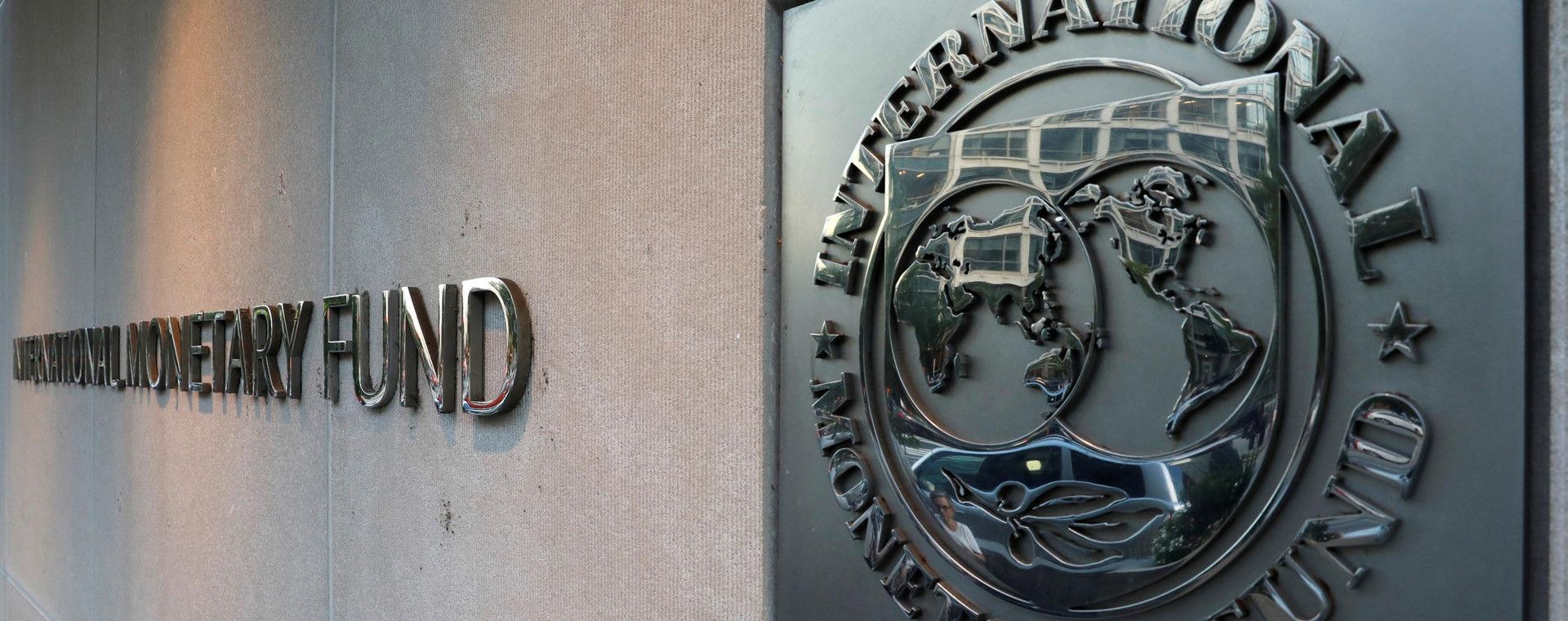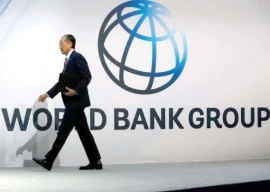
Pakistan’s economy has become a major topic of discussion, dominating coffee table conversations and boardroom debates alike. Never before have I witnessed the common folk engaging in discussions about economic intricacies and key indicators with such vivid detail. Given our psychological predisposition for mythological interpretations and our natural inclination for storytelling, each of us holds a unique perspective on everything. In this context, I believe it’s crucial to hear about our economic situation directly from the experts.
The International Monetary Fund (IMF) is often seen as the lender of last resort for external liquidity crises. Pakistan has turned to its doors multiple times in the past, seeking the necessary lifeline. However, we’ve consistently failed to implement the required reforms after receiving the funds, ultimately leaving us and the IMF to deal with the same troubles again. Hence, it’s essential to listen to our economic and financial doctors, who offer potential solutions. To achieve this, we must overcome our tendency towards conspiracy theories and objectively delve into the detailed projections provided by the fund.
Although these numerical projections might seem devoid of human emotion, they convey an intriguing story. One must simply have an eye for it. Let’s discuss a favoured topic: economic growth. The IMF envisions steady growth in real GDP over the next three years, stabilising around 5% by FY27. This presents a significant challenge, as our history indicates that whenever our real GDP surpasses 4%, our current account encounters issues, leading to the need for costly interventions like interest rate hikes and rupee depreciation.
Simultaneously, there’s a popular notion that, to accommodate our burgeoning population, we need economic growth of approximately 7%. This presents a costly trade-off. Nonetheless, I believe that by adhering to necessary reforms, we might successfully transition to a decent and sustainable growth rate, in line with the fund’s vision. Another critical indicator, particularly relevant to the common man, is inflation or the Consumer Price Index (CPI). The IMF anticipates Pakistan’s average CPI for FY24 to reach 25.9%, considerably higher than the government’s estimate of 21%. The IMF attributes this variance to multiple rounds of devaluations.
Nevertheless, the fund predicts that the CPI will decrease in the latter part of the year, with an expected period-end CPI of around 16% for FY24. Ultimately, this inflation cycle is projected to diminish by FY27, with CPI returning to single digits. However, the most pressing challenge lies in the external account, often regarded as Pakistan’s Achilles’ heel. Every time we attempt to take flight, this issue brings us crashing down with shattered hopes. The importance of staying within the ambit of the IMF programme is underscored by this chronic concern. Our growth in recent spurts has been driven by imports and consumption.
Successful international growth models typically rely on either export-driven (such as the Chinese model) or investment/service export-driven (like the Indian model) approaches. In both cases, growth stems from external account surpluses. In contrast, the import-driven consumption model erodes external reserves. This approach has worked for the US due to the USD being their domestic currency, eliminating external account issues. Here, IMF projections are revealing. The current account/GDP ratio is projected to moderate to 1.7% by FY25. This indicator has already displayed signs of improvement, which will ultimately impact the external debt-to-GDP ratio, stabilising around 33.5% by FY27. However, concerns persist regarding gross reserves, expected to remain below $16 billion even by FY28. This primarily results from the IMF’s estimation that Foreign Direct Investment (FDI) won’t significantly increase, despite other indicators showing marked improvement.
Policy makers seem to recognise this problem and are diligently working to address the FDI challenge. If successful, this could add significant promise to the story. Exports and remittances are projected to reach $80 billion, aligning with import levels by FY27/28. If achieved, this would indicate a fully functioning economy with genuine prospects for sustainable growth. This numerical story holds many layers, some of which may be explored in future articles. Overall, the narrative appears practical, feasible, and promising. However, it hinges on the implementation of necessary, albeit painful, reforms. Without such efforts, we may continue to knock at their doors, but how long those doors will remain open is a matter I leave to the readers’ imagination.
THE WRITER IS A BANKER AND TEACHES ECONOMICS

1732013245-0/now-you-see-me-(1)1732013245-0-405x300.webp)
1730959638-0/trump-(19)1730959638-0-165x106.webp)















COMMENTS
Comments are moderated and generally will be posted if they are on-topic and not abusive.
For more information, please see our Comments FAQ